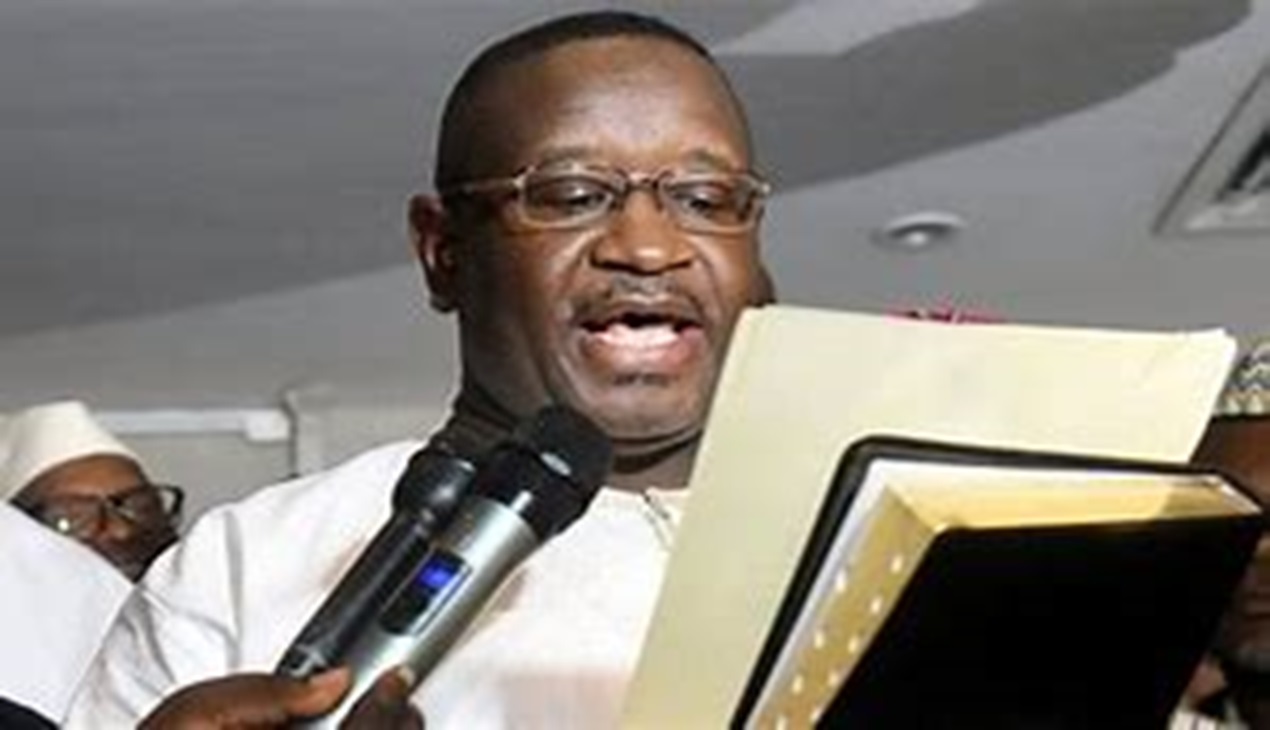By Hassan Osman Kargbo
Sierra Leone, a small West African nation with a population of approximately 8 million, has faced numerous challenges over the years. While the country has made notable strides in recovery since the end of its brutal civil war in 2002, it continues to grapple with significant hardships that hinder its development. From economic struggles to political instability and the impact of climate change, Sierra Leone is enduring multifaceted challenges that affect the lives of its citizens.
The country is seriously facing the issue of Economic Struggles and High Poverty with Unemployment. Sierra Leone’s economy is still recovering from the scars left by decades of civil war, the 2014-2016 Ebola outbreak, and the global COVID-19 pandemic. Despite efforts to diversify its economy, the country remains heavily dependent on mining, particularly diamonds, gold, and bauxite, along with agriculture. However, the over-reliance on raw material exports has made the economy vulnerable to global price fluctuations and market volatility.
In 2023, Sierra Leone’s economic growth has been sluggish, with inflation rates soaring and the local currency, the Leone, depreciating significantly. Many Sierra Leoneans live in poverty, with estimates suggesting that over half of the population lives below the poverty line. High unemployment rates, especially among the youth, contribute to widespread frustration and lack of opportunities, often driving many to migrate in search of a better future abroad.
Also, it faces Political Instability and Governance Issues in the country. Sierra Leone’s political landscape has been marked by tensions and instability in recent years. The country alternates between the Sierra Leone People’s Party (SLPP) and the All People’s Congress (APC), which has led to periods of intense political rivalry. In 2023, tensions escalated following the presidential elections, with allegations of electoral fraud and widespread protests over the fairness of the election process. Protests turned violent in some areas, and the security forces’ response exacerbated the situation, leading to calls for electoral reforms and better governance.
The government has also been criticized for corruption and a lack of effective public services. Despite international aid and assistance, essential services such as healthcare, education, and infrastructure remain inadequate. The high level of corruption has stunted progress, with public funds often misappropriated, and accountability measures failing to hold officials responsible.
Another issue is Healthcare and Education Challenges in the country. Sierra Leone’s healthcare system remains underdeveloped, despite progress made after the Ebola crisis. The country faces a shortage of healthcare professionals, inadequate medical supplies, and limited access to basic health services, particularly in rural areas. Malaria, respiratory infections, and maternal and child mortality remain persistent issues, exacerbated by the country’s poor healthcare infrastructure.
Similarly, the education system struggles with overcrowded classrooms, insufficient teaching materials, and underpaid teachers. Although efforts have been made to improve primary education enrolments, many children still lack access to quality education, limiting their opportunities for a better future.
Moreover, Climate Change and Environmental Vulnerabilities is another issue in the country. Sierra Leone is highly vulnerable to climate change, with rising temperatures and unpredictable rainfall patterns. In 2023, the country faced devastating flooding due to heavy rains, which displaced thousands of people and caused extensive damage to infrastructure. The flooding disrupted agriculture, which many Sierra Leoneans rely on for their livelihoods, further deepening the poverty cycle.
Coastal erosion is another growing concern, particularly in cities like Freetown. Rising sea levels threaten to destroy homes, businesses, and vital infrastructure along the coast, making it harder for Sierra Leone to sustain its urban growth and tourism potential.
To conclude, Sierra Leone’s path to development is a challenging one, with a complex mix of economic, political, social, and environmental hardships. While the country has made significant progress since the end of its civil war, it continues to face deep-seated issues that require urgent attention. The international community, in collaboration with local leaders, must prioritize sustainable development, good governance, and economic diversification to alleviate the hardships faced by the people of Sierra Leone. Without a concerted effort, the country risks falling further behind in its pursuit of peace and prosperity.












